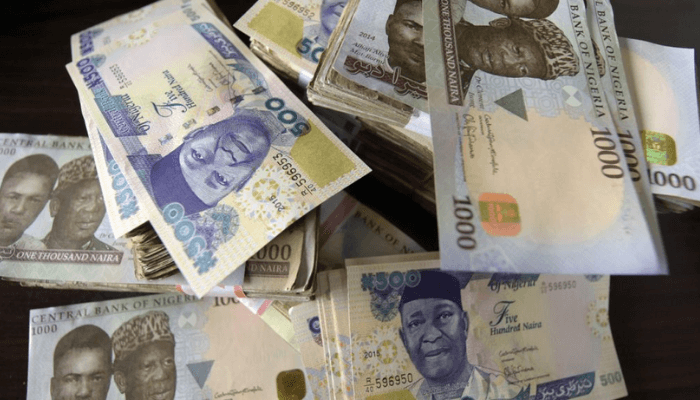Slowing inflation is fueling mixed expectations among analysts as the Monetary Policy Committee (MPC) of the Central Bank of Nigeria (CBN) convenes for its 302nd meeting today, to decide on the direction of credit to the economy.
The MPC has held the benchmark interest rate steady at 27.50 percent for the past three consecutive meetings. However, with inflation gradually easing, opinions are divided on whether the committee will maintain the status quo or ease policy to stimulate growth.
Out of 12 economists surveyed by BusinessDay, 8 predict that the MPC will keep the Monetary Policy Rate (MPR) unchanged at 27.50 percent. Conversely, 3 economists expect a modest reduction to 27.25 percent, while one foresees a more dovish cut to 27.00 percent.
Nigeria’s headline inflation continued its downward trend for the fifth consecutive month in August 2025, easing to 20.12 percent from 21.88 percent in July, a significant 1.76 percentage point decline.
“This steady improvement signals a gradual return to price stability, raising hopes that the CBN may soon begin to ease its tight monetary policy stance,” said Muda Yusuf, the CEO of the Centre for the Promotion of Private Enterprise (CPPE).
Razia Khan, managing director and chief economist for Africa and the Middle East at Standard Chartered Bank, noted that “the tightness of policy, stability of the naira, and lower food and fuel inflation all support our view that the CBN should finally be able to start an easing cycle.”
Khan added that while market rates have rallied faster than expected, she anticipates a cautious easing of around 150 basis points spread over the September and November MPC meetings, with further cuts expected in 2026 and 2027 as Nigeria moves towards formalising an inflation-targeting framework.
Read also: MPC meeting: Analysts make case for first rate cut in 2 years
United Capital Research expects the MPC to implement a modest rate cut between 0.25 percent and 0.50 percent at this month’s meeting, while keeping other policy parameters unchanged. According to them, such a move would signal confidence in the ongoing disinflation trend and stronger external buffers, without undermining policy credibility. “By easing cautiously, the MPC can stimulate GDP growth inclusively without compromising its commitment to fighting inflation,” the research team stated.
However, some experts urge caution. Yemi Kale, Group chief economist and managing director of Research and Trade Intelligence at the African Export-Import Bank (Afreximbank), emphasised that although inflation has started to decline from its peak, it remains high, and monetary policy credibility is still being tested.
Kale highlighted that the CBN’s current stance, keeping the policy rate above 20 percent, has been instrumental in attracting foreign portfolio inflows (FPIs). These inflows have helped stabilise the foreign exchange (FX) market and supported the accumulation of reserves.
The CBN’s MPC meeting is scheduled to take place on Monday and Tuesday at the CBN headquarters in Abuja, drawing keen attention from market participants.
Analysts at Afrinvest West Africa commented, “We consider the macroeconomic environment ripe for a rate cut. Nonetheless, risks such as global reinflation, geopolitical uncertainties, volatility in energy markets, and the base-year impact on domestic inflation may constrain the MPC to a 50 to 75 basis point reduction.”
Similarly, analysts at FBNQuest noted that the sharp moderation in headline inflation could serve as a catalyst for a potential rate cut. However, they cautioned that the committee might tread carefully given residual risks.
Coronation Merchant Bank analysts expect the MPC to maintain its cautious and restrictive policy stance at the upcoming meeting. “We anticipate the committee will want to ensure that the month-on-month disinflation observed in August is sustained and not a one-off occurrence before easing policy,” they said. “The CBN governor has previously warned against easing too early, which risks inflation rebounding and negating the hard-fought gains of recent years.”
They also highlighted the importance of maintaining the attractiveness of fixed-income instruments for FPIs, which have played a critical role in stabilising the FX market and supporting inflation reduction. Given current dynamics, they predict a mild rate cut may be considered towards the end of the year, likely at the November meeting, contingent on further disinflation and FX market stability.
Analysts at Comercio Partners are slightly more optimistic, projecting a 25-basis-point rate cut at this meeting, marking the first easing move this year. “This step would aim to stimulate economic activity and bolster domestic demand,” they said, citing declining inflation and sustained exchange rate stability as key supports for such a decision.

